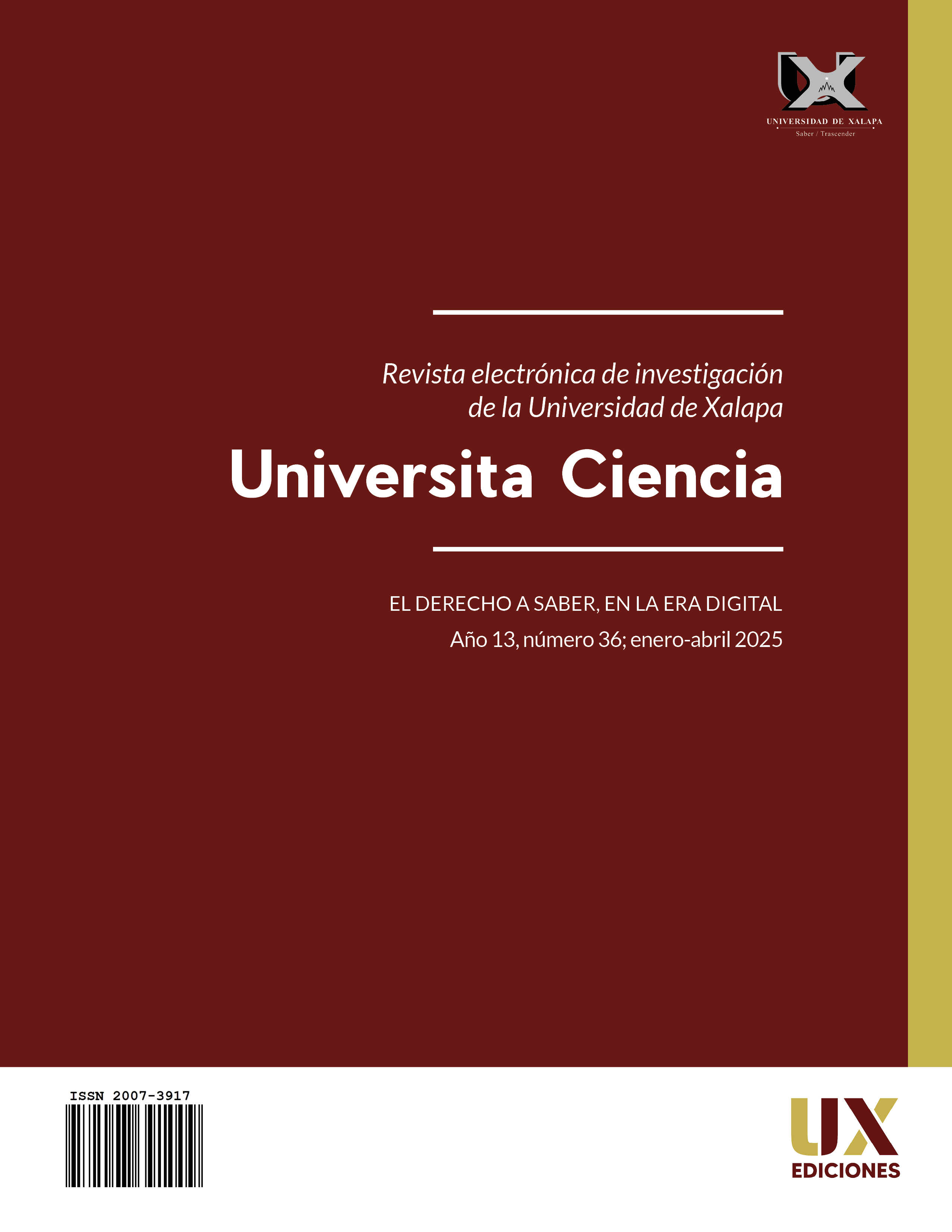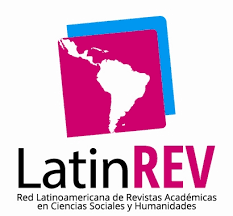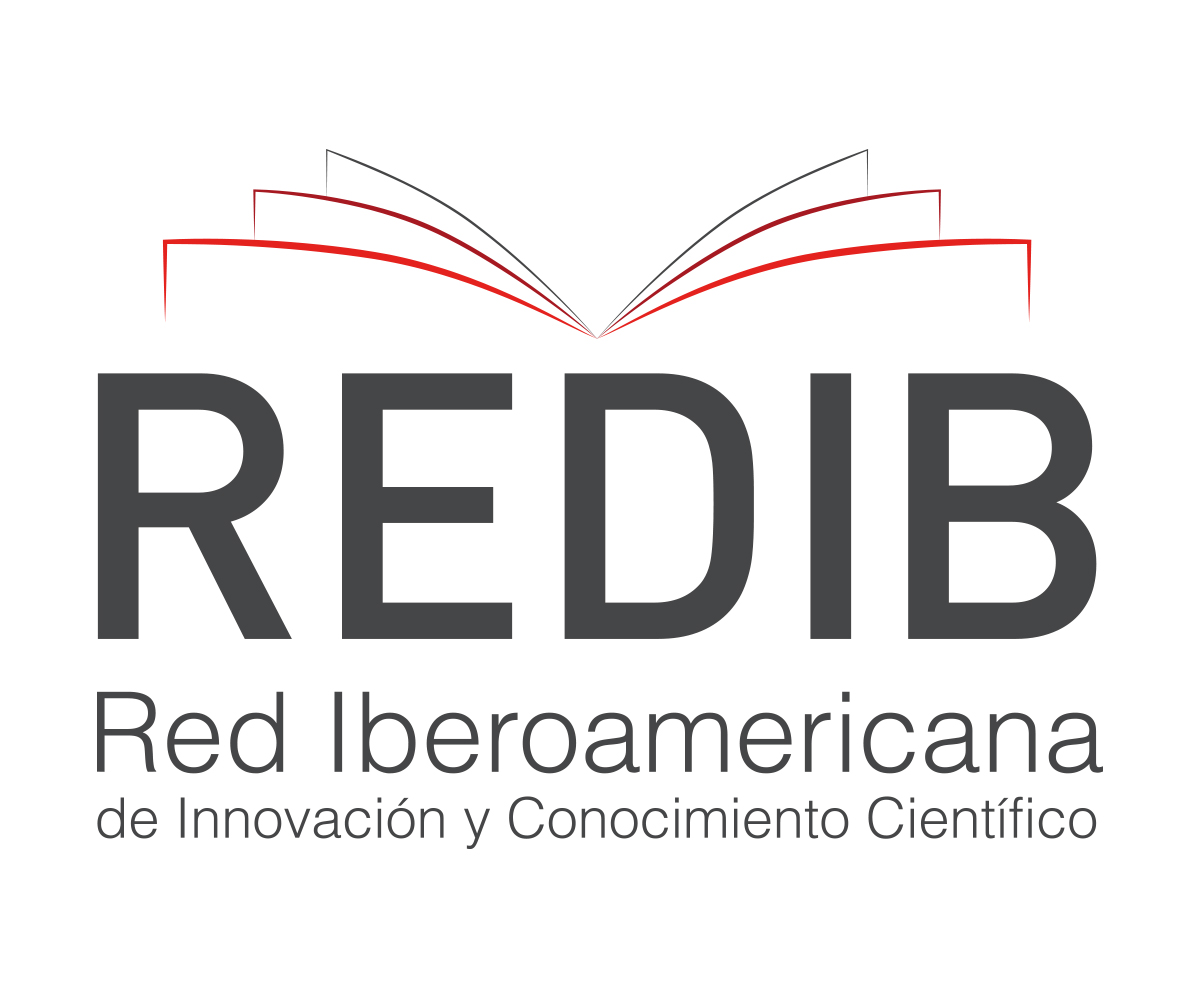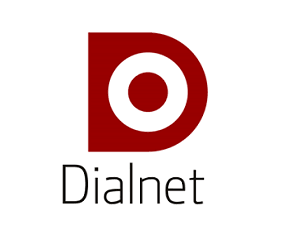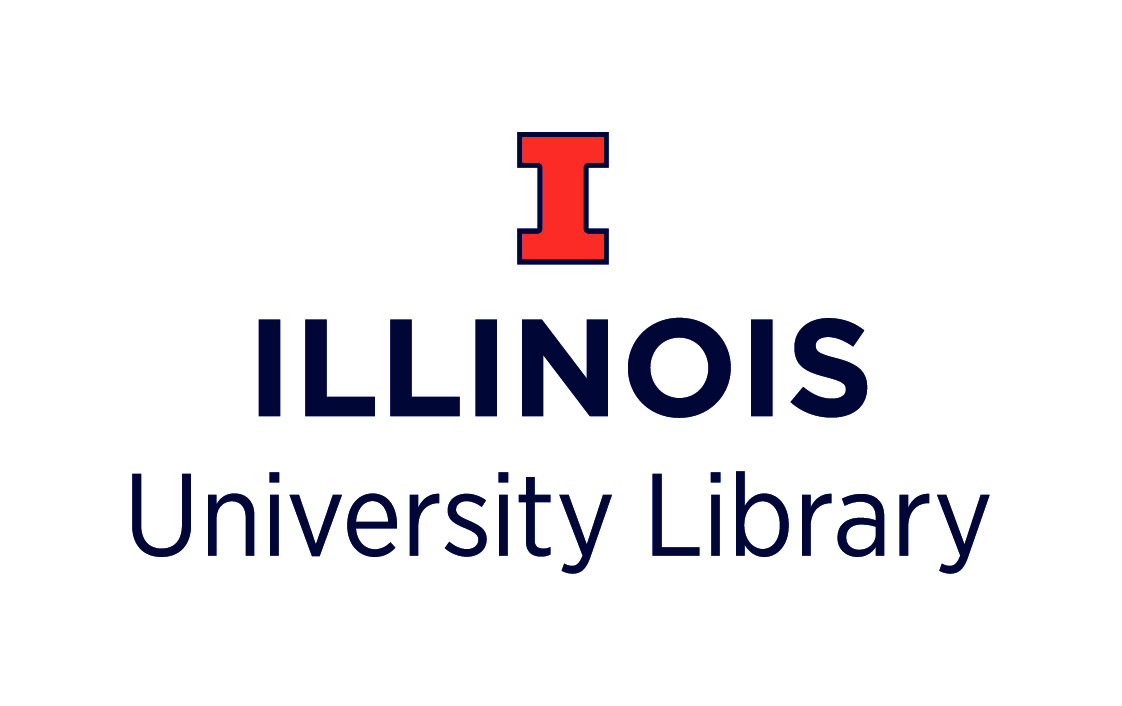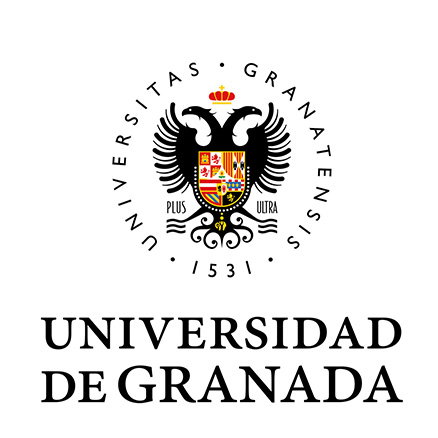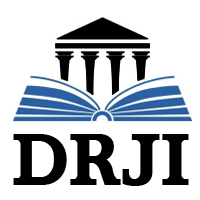Social media: Between information and misinformation in the digital age
DOI:
https://doi.org/10.5281/zenodo.15120899Keywords:
social developtmentAbstract
This journal aims to expose, through a documentary research method, the current problems that are generated by fake news and that cause an information disorder that generates uncertainty in all areas. Disinformation is the opposite pole of the communication of reality and its foundation in content. The great deployment of social media and the possibilities for citizens to broadcast content, without having the criteria provided by the guidelines on how to produce quality information, results in a worrying phenomenon, which is often called misinformation.
Metrics
References
Barrios-Tao, H. y. (2024). Inteligencia artificial y emociones: Psicolopolítica mediante datos y algoritmos. Revista de Ciencias Sociales XXX ( 1) (2015-2022), 251-267.
Betanzos Torres, E., & Márquez Roa, U. (2022). La digitalización cultural en tiempos de pandemia . Designio, Investigación en diseño gráfico y estudios de la imagen, Vol. 4, Núm. 1, 4-14.
Carr, N. (2010). ¿Qué esta haciendo Internet con nuestras Mentes? Bogota, Colombia: Distribuidora y Editora Aguilar, Altea, Taurus, Alfaguara, S.a. .
Castells, M. (26 de Diciembre de 2024). La galaxia de Internet: reflexiones sobre Internet, los negocios y la sociedad. Obtenido de https://doi.org/10.1093/acprof:oso/9780199255771.003.0002
Castrejón Ramírez, N. (2023). La construcción de la realidad en tiempos de desinformación. En E. y. Hernández Ramírez, Tecnologías de la información y la comunicación, redes digitales y sociedad. vol. XX de Las ciencias sociales en la pos-pandemia (págs. 74-92). México: COMECSO.
Colmenarejo, R. (2018). Ética aplicada a la getión de datos masivos. Anales de la Cátedra Francisco Suárez, 52 , 113-129.
Cover, R. (28 de Diciembre de 2024). Deepfake culture: The emergence orf audio-video deception as an objet of social anxiety and regulartion. . Obtenido de Continuum, 36(4) 609-621: https://doi.org/10.1080/10304312.2022.2084039
Giménez, S. (26 de Diciembre de 2024). Redes sociales, estado actual y tendencias 2023. (U. d. Barcelona, Editor) Obtenido de https://www.marketeroslatam.com/wp-content/uploads/2023/07/Informe-Redes-Sociales.pdf
Han, B. (2024). Psicopolítica, Neoliberalismo y nuevas técnicas de poder . Barcelona : Herder
Hung, L. (27 de Diciembre de 2024). The SARS epidemic in Hong Kong: what lessons have we learned? Obtenido de 10.1258/jrsm.96.8.374
Hütt Herrera, H. (2012). Las redes sociales: una nueva herramienta de difusión. Reflexiones, volumen 91, Número 2, 121-128.
INEGI. (26 de Diciembre de 2024). Comunidad de prensa Núm. 2994/24. Obtenido de https://inegi.org.mx/contenidos/saladeprensa/aproposito/2024/EAP_DMInternet.pdf
Instituto Federal de Telecomunicaciones. (22 de Enero de 2025). Encuesta nacional sobre disponibilidad y uso de tecnologías de la información en los hogares (ENDUTIH) 2023. Obtenido de https://www.inegi.org.mx/contenidos/saladeprensa/boletines/2024/ENDUTIH/ENDUTIH_23.pdf
Lazo, C. M. (27 de Diciembre de 2024). La desinformación, enfermedad de la sociedfad posdigital: amenazas y desafíos. Obtenido de Número39, Primer Semestre 2024: https://www.funcas.es/wp-content/uploads/2024/09/Marta_PS39.pdf
Porras, V. F. (28 de Diciembre de 2024). Escritura creativa e Inteligencia Artificial . Obtenido de Revista eléctronica TicALS, Vol. 1, No. 10: http://als.edu.co/index.php/ticals/article/view/216/94
Sandel.M. (27 de Diciembre de 2024). Telos 122. Obtenido de https://telos.fundaciontelefonica.com/wp-content/uploads/2023/06/telos-122-entrevista-posverdad-michael-sandel.pdf
Serrano-Puche, J. (28 de Diciembre de 2024). Internet y emociones: nuevas tendencias en un campo de investigación emergente. Obtenido de Comunicar. Revista Científica de Comunicación y Educación, XXIV (46), 19-26: http://dx.doi.org/10.3916/C46-2016-02
Silverio, M. (26 de Diciembre de 2024). Las redes sociales más usadas en 2024 . Obtenido de https://www.primeweb.com.mx/redes-sociales-para-empresas
Published
How to Cite
Issue
Section
License

This work is licensed under a Creative Commons Attribution-NonCommercial-ShareAlike 4.0 International License.
This journal adheres to the Creative Commons license in the definition of its policy of open access and reuse of published material, in the following terms:
- Accessibility to articles and other publications in whole or in part under the concept of copying, distribution, public communication , interactive access (through the Internet or other means), explicitly maintaining the recognition of the author or authors and the journal itself (authorship acknowledgment).
- Warning that if the articles are remixed, modified or fragments used in other creations, the modified material cannot be distributed, nor is it allowed to reconstruct versions from the original published articles (derived works).
- The use of the contents of the published articles, in whole or in part, for profit (non-commercial recognition) is prohibited.
The author retains copyright, transfers or grants exclusive commercial rights to the publisher, and a non-commercial license is used.

